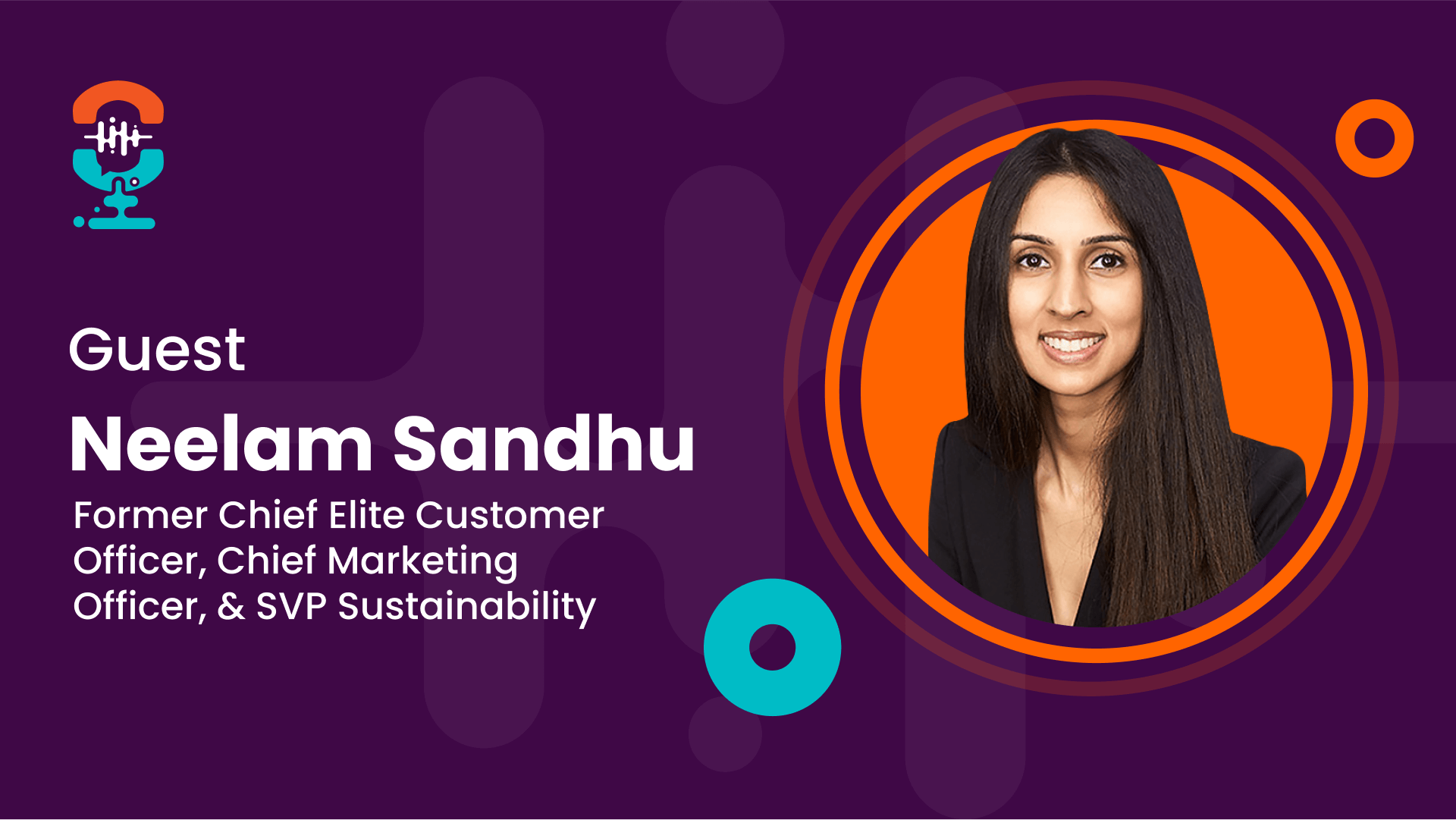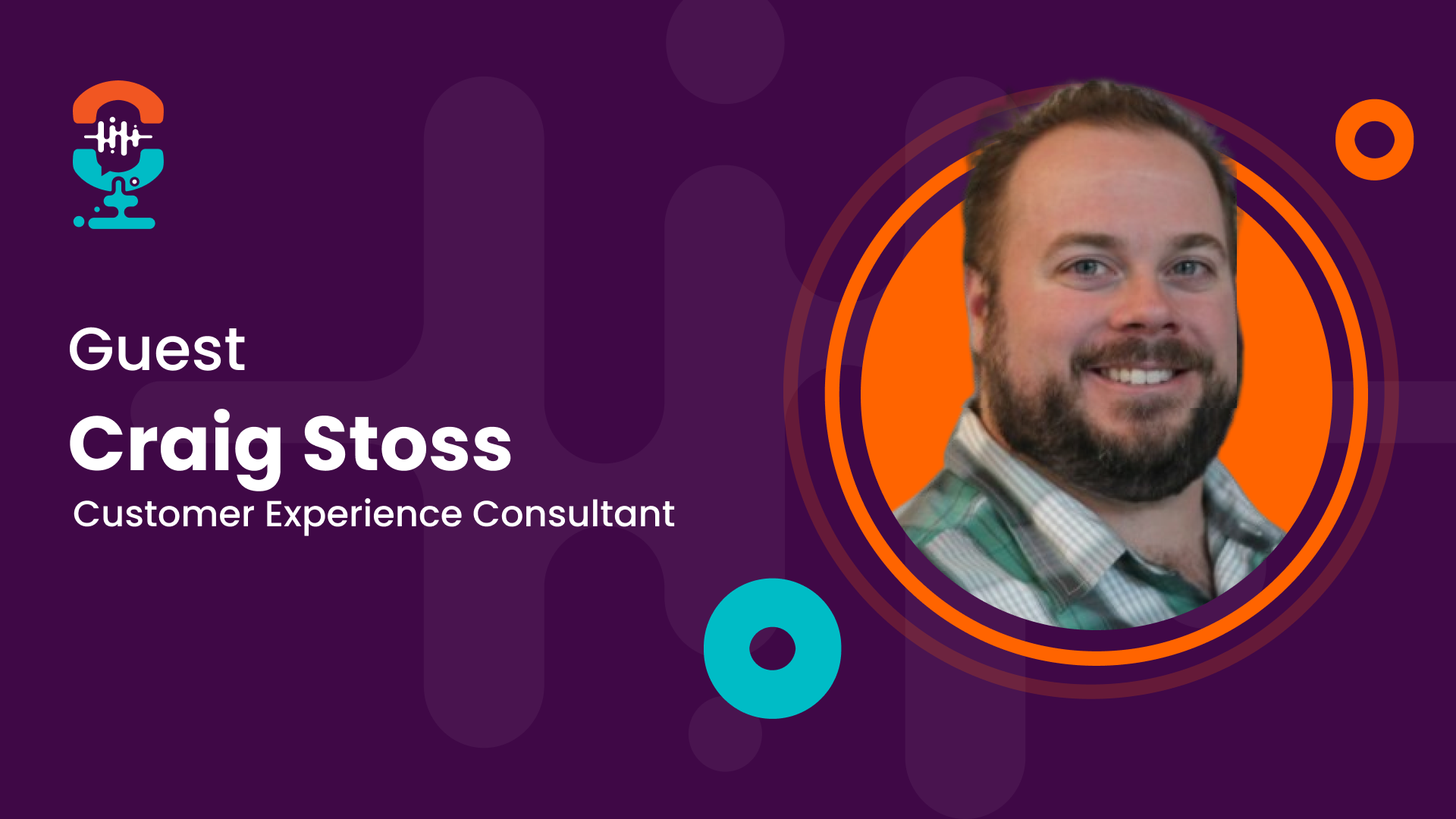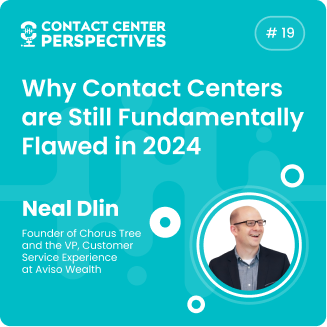Why You Shouldn’t Be Obsessed with CSAT

Byline: This article is based on a podcast interview with Michael Fulvio, Director of Customer Experience at SNIPES
Key Takeaways:
- Incident rates and data-driven decision-making are crucial for understanding and addressing customer issues.
- Focusing on various KPIs beyond CSAT can improve operational efficiency and revenue growth.
- Agent turnover plays a significant role in maintaining customer satisfaction and operational effectiveness.
- Building a culture that values and supports agents is essential for retaining a skilled and motivated team.
- Constantly seeking and analyzing data helps businesses make informed decisions and enhance the customer experience.
Embracing a Data-Driven Approach
In the dynamic customer experience landscape, traditional metrics like CSAT may only sometimes provide the comprehensive insights needed to propel business success. As Michael Fulvio aptly pointed out in the podcast, organizations can leverage a wealth of valuable data beyond CSAT to make more informed decisions. Businesses can better understand customer interactions and identify underlying issues that impact satisfaction levels by focusing on KPIs such as incident rates, first reply time, and fulfillment performance. This shift towards a data-driven approach enhances operational efficiency and enables organizations to address the root causes of customer concerns proactively.

Michael says the key lies in transforming every customer interaction into actionable data that can guide strategic initiatives across various departments. By tracking and analyzing various metrics, companies can uncover trends, patterns, and pain points influencing the customer journey. This data-centric mindset empowers organizations to respond effectively to customer queries and facilitates continuous improvement and innovation. In essence, the ability to harness data effectively serves as a cornerstone for driving meaningful change and delivering exceptional customer experiences.
Prioritizing Agent Retention in Customer Service Excellence
Amidst the technological advancements and automation shaping the contact center landscape, the role of human agents remains indispensable. While AI and chatbots excel at handling routine queries and first-touch interactions, there are complexities and nuances in customer engagements that necessitate human intervention. As Michael emphasized, fostering a supportive and engaging work culture is paramount in reducing agent turnover and promoting long-term success in customer service operations.
By maintaining open communication channels, providing ongoing training, and cultivating a collaborative team environment, organizations can empower their agents to excel in their roles and deliver outstanding service. Investing in agent well-being and professional development not only enhances employee satisfaction but also translates into higher customer satisfaction levels. As the frontline ambassadors of the brand, agents play a pivotal role in shaping customer perceptions and driving loyalty. Therefore, recognizing the significance of agent retention and cultivating a positive workplace culture are critical components of a successful contact center strategy.
Elevating Customer Experience Through Community Engagement
At the core of Neelam’s approach lies a deep-seated belief in the power of customer-centricity to drive revenue growth. Organizations can foster loyalty and long-term client engagement by investing in customer success. Neelam emphasizes the importance of creating a collaborative environment between support and success teams, which helps craft a seamless and satisfying customer experience. This integration enhances engagement and ensures that customers feel valued and understood.
Her emphasis on building a customer-obsessed culture underscores the transformative impact of prioritizing customer relationships and delivering value. By focusing on these areas, businesses can boost growth and profitability, ultimately gaining a competitive edge in the market. Neelam’s insights highlight that a strategic commitment to customer-centricity can lead to sustained success and stronger, more meaningful connections with clients.
Conclusion
Navigating the complexities of contact center operations requires a multifaceted approach that goes beyond conventional metrics and embraces a holistic view of customer interactions. By prioritizing data-driven decision-making, nurturing agent retention, and integrating community engagement into the customer experience strategy, organizations can unlock new opportunities for growth, differentiation, and customer loyalty. As the customer landscape continues to evolve, leveraging insights from these impactful themes will be essential in driving sustainable success and delivering exceptional experiences that resonate with customers on a deeper level.
The full interview with Michael Fulvio on ‘Why You Shouldn’t Be Obsessed with CSAT‘ is HERE.
Looking for specific information?
Our specialist will help you find what you need
in customer service outsourcing
Discover Contact Center Perspectives Podcast
Discover the themes that resonate most with your challenges
 English
English






